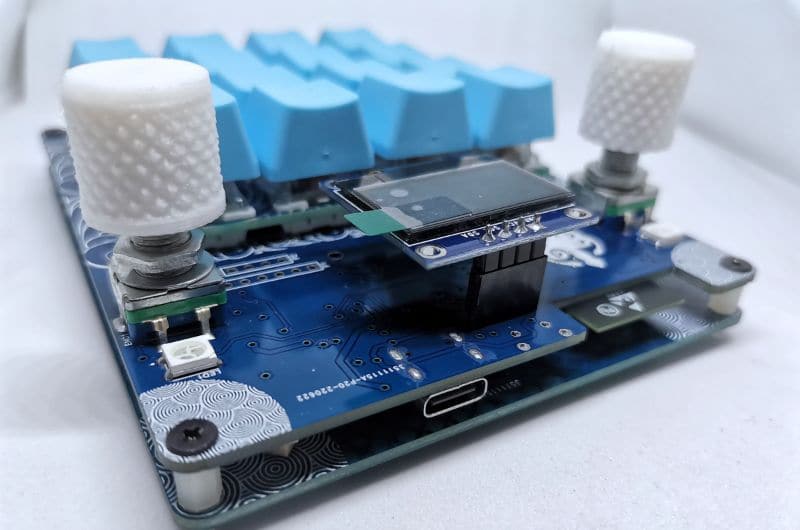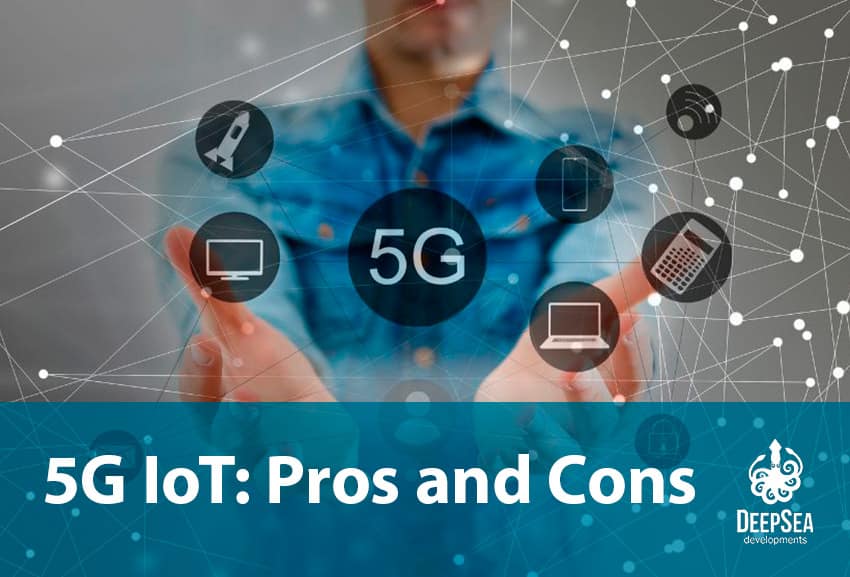Product differentiation is a must in this competitive world. And the market requires that entrepreneurs are willing to create products or services that truly resonate with their target audience. This is where design thinking for entrepreneurs emerges as a powerful ally, offering a structured approach to problem-solving and innovation.
Let’s see what is design thinking, its benefits for entrepreneurs, and how the process works so that you can implement it with your team.
What is design thinking?
Design thinking is a human-centered approach to innovation that places the end-user at the forefront of the creative process. It’s about empathizing with the needs and desires of the target audience, ideating creative solutions, prototyping rapidly, and iterating based on feedback.
Design thinking encourages a mindset shift from merely solving problems to identifying opportunities for meaningful impact. This approach is crucial when you are planning to hire electronic product development companies since your idea will be designed and developed into a tangible product.
What are the benefits of design thinking for entrepreneurs?
Design thinking offers several benefits for entrepreneurs looking forward to innovating their products and businesses:
1. Customer-centric innovation
When design thinking is implemented, the needs and preferences of the end-user are at the forefront of the creative process. By empathizing with customers, entrepreneurs gain deeper insights into their pain points, desires, and behaviors.
This customer-centric approach ensures that the solutions developed are truly aligned with the target audience, increasing the likelihood of market acceptance and success; see marketing IoT.
2. Iterative problem-solving
Design thinking provides a structured framework for iterative problem-solving, allowing entrepreneurs to rapidly prototype and test ideas, gather feedback, and refine their solutions based on real-world insights; see IoT product development consulting.
3. Creativity and innovation
By embracing a mindset of experimentation and exploration, entrepreneurs can unlock new opportunities for innovation and differentiation in saturated markets.
4. Collaboration and empowerment
Design thinking is inherently collaborative, bringing together cross-functional teams with diverse perspectives and expertise to generate more robust solutions. Imagine building great Internet of Things devices thanks to this approach (why is IoT important).
5. Adaptability and resilience
Design thinking and entrepreneurship are a great combination since entrepreneurs can learn to adapt and be more resilient in the face of ambiguity, navigate uncertainty, and pivot when necessary.
The design thinking process for entrepreneurs

If you are an entrepreneur who wants to launch a new IoT product or update IoT devices with new features, you may want to check the following process of design thinking:
1. Empathize
Begin by deeply understanding the needs, preferences, and pain points of your target customers. Conduct interviews, surveys, and observations to gather qualitative insights that inform your product or service development. This step is crucial to start a good process with your project; see market speed strategy.
2. Identify the problem
Synthesize the information gathered during the empathy phase to define a clear problem statement or opportunity. This stage is about framing the challenge in a way that guides ideation and solution development.
You also need to consider the challenges in product development that may arise regarding the development of your device.
3. Ideate
With a well-defined problem statement, unleash your creativity and generate a multitude of ideas. Encourage brainstorming sessions, idea workshops, and even unconventional methods like mind mapping to explore diverse solutions.
You could use apps like Miro and invite your team members to write all ideas that come to mind, and then, select the best ones that align with your customer needs and that address the problem they have.
For instance, at DeepSea Developments we usually develop internal projects, and we encourage brainstorming sessions in which the team members propose different ideas for a solution we want to build. Once the session is done, we group similar ideas, eliminate the ones that don’t align with the goal of the project, and redesign or combine the ones that may work together.
From a session like this, we built a device like DeepDeck (our wireless macropad), among other projects.

You can check the specifications of this programmable keypad.
4. Prototype
Bring your ideas to life through rapid prototyping. Whether it’s sketches, wireframes, or mock-ups, create tangible representations of your concepts to gather feedback and iterate quickly. Check some prototype examples to get inspiration for your project.
5. Test
Put your prototypes in front of real users to gather valuable feedback. Observe how they interact with your solution, listen to their insights, and identify areas for improvement.
If necessary, iterate based on this feedback loop to refine your prototype further.
6. Implement
Once you’ve improved your solution through iterative testing, it’s time to bring it to market. Execute your go-to-market strategy, monitor performance metrics, and remain open to ongoing refinement based on user feedback and market dynamics.
Here you will have to keep an eye on the pdlc product development life cycle, which will be crucial to understand your product’s life cycle and how you can take advantage of that.
Examples of design thinking in entrepreneurship
We are ending this article by showing you some real-life design thinking examples. This is a way to understand better how other companies have applied this approach to be successful.
1. Airbnb
Airbnb revolutionized the hospitality industry by applying design thinking principles to address the pain points of travelers seeking unique, affordable accommodations. By empathizing with both hosts and guests, Airbnb created a platform that prioritizes user experience, fosters trust through reviews and enables seamless transactions.
To this date, Airbnb has a market cap of $100,05 B and places it as the 147th most valuable in the world.
2. Dropbox
Dropbox identified the frustration users faced with traditional file storage and sharing methods and applied design thinking to develop a simple, intuitive solution.
By empathizing with users’ needs for accessibility, security, and collaboration, Dropbox created a cloud storage platform that seamlessly integrates into users’ workflows, driving widespread adoption. To this date, its market cap is $7,75 B.
3. Tesla
Tesla revolutionized the automotive industry by applying design thinking principles to address the growing demand for sustainable transportation. By empathizing with environmentally conscious consumers and early adopters of electric vehicles, Tesla identified the need for high-performance EVs that combine cutting-edge technology with sleek design. This customer-centric approach drove the development of vehicles like the Model S, Model 3, Model X, and Model Y, which offer impressive range, advanced features, and distinctive aesthetics, appealing to a diverse audience of buyers.
To this date, Tesla’s market cap is $495,93 B, and places it as the 15th most valuable company in the world.
We hope you liked these examples of design thinking, and that they inspire you to work hard on your project. Incorporating design thinking into the entrepreneurial process will foster an innovation culture, and this makes it possible to create solutions that truly generate value and impact the market.
If you need help to develop hardware, firmware, or IoT products, you can count on our expert team, click on the button below and book a free consultation with us.






